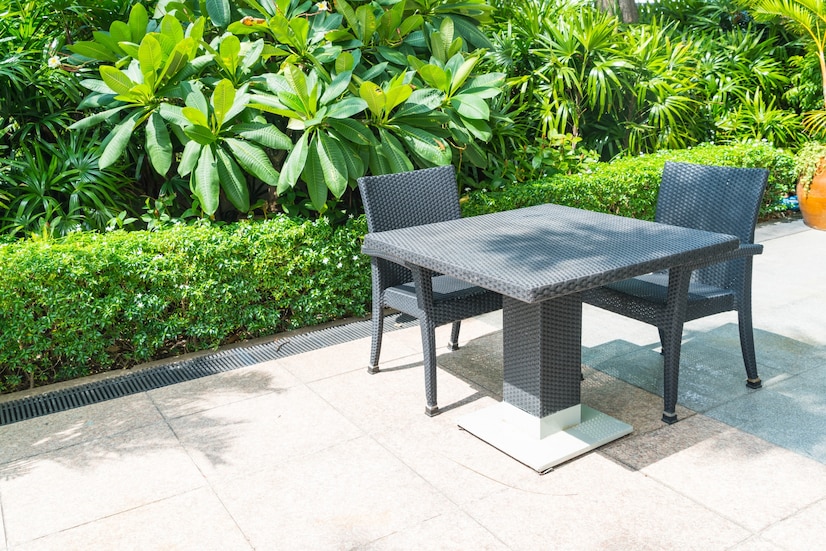How Do You Build a Roof Garden?

A roof garden has become a great option nowadays for increasing aesthetics, pleasure, and a source of recreation.
A garden on top of a building can be a great way to add some greenery to your home while still getting plenty of sunlight. At the same time, city people can get some exercise.
But most of us question whether building a roof garden is hard or laborious work. Well, from long years of experience, I can assure you that it takes a little work and research, but it’s pretty straightforward.
In this article, I will shed light on how to build a roof garden most efficiently. You can still read more as they know how to achieve a green aesthetic roof without hampering it.
How Do You Build a Roof Garden?
You can use various materials to create a roof garden, including wood, metal, solid, plastic, and glass. However, that depends on the type of garden you will have and the size of the garden area. Also, the building process may vary based on the type of main building construction.
However, the following steps will be adequate for the standard process that might help you.
1. Take Approvals for Your Roof Garden
You will need approval from the local council for a balcony garden. However, due to its massive weight and maintenance, you might need the approval of local ordinances for building a roof garden, whether you are the owner or not.
And if you live in rental flats or own a flat in a multistoried building, you should check the rental property and safety rules. In addition, you need to check the flat owner’s association’s view of a rooftop garden.
2. Choose a Flat Place
To begin, you’ll need to find a place where you want to see your garden. If you have a flat roof, you may consider placing it on the edge or corner of your roof.
Once you have decided on a spot, ensure it is safe before beginning construction. Get professional help, and ensure that the area is free of electrical wires or pipes. Also, ensure that it will not block any windows, water tubes, or vents.
And if the palace is not flat, you can make some adjustments with some concrete slabs.
3. Choose Right Materials
As I mentioned earlier, there are many options out there to be used on roof gardens, each with its own pros and cons. For instance, wood is a popular choice among gardeners because it is relatively inexpensive and easy to work with.
However, if you live in an area with a lot of rain, you might want to avoid using wood. Instead, you can choose metal, another option with excellent durability and effectiveness. Again, however, it can be expensive depending on how much you plan to spend.
Plastic could be the best choice if you are thinking of using durable and inexpensive materials. It’s lightweight, affordable, and, surprisingly, much easier to use.
Modern-day gardeners also prefer glass as a reliable choice because it doesn’t require any maintenance. However, glass costs you a lot, and at the same time, it’s heavy and requires special tools to install.
4. Install Your Roof Garden
You can either make a frame or choose some readymade roof garden pots. That depends on the nature of the trees and the garden areas. Whatever you do, remember, pots are easy to move and replace, so if it’s for adding some aesthetics, better place some pots.
If you are ready to go with heavy trees, you will need a sturdy frame. Installing a roof garden requires a whole process, including arranging the materials in the correct shapes and ensuring the joins are strong enough. When choosing the materials, it’s better to think of easy installation.
In my opinion, it’s better to get professional help to have the frame ready; otherwise, you will end up with a messy finish with all that time-consuming, tricky work. You need to tell them how you want your garden, check if they have got you, and do the same.
5. Choose Plants for Roof Garden
There are several types of plants that you can grow in your roof garden. You can choose from annuals, perennials, herbs, vegetables, and flowers. Annuals are short-lived and die after flowering. Perennials last longer than one year and bloom each season again.
Herbs can be the perfect choice for a roof garden. However, some people find it easier to grow vegetables, which are seasonal and fresh foods that add significant value to your diet.
Finally, there are flowers, the most beautiful additions to any area. Most flowers have small to medium heights, so maintenance is relatively easy and familiar.
6. Water Roof Plants
Now the gardens are ready to cure. The first and foremost important thing is to water your roof garden regularly. Depending on the weather, you should water your roof garden once or twice a week. When watering, ensure that you only water the top layer of soil. This will help prevent flooding.
7. Add Proper Drainage
If your area faces heavy rainfall, a drainage system must be installed in your roof garden to prevent water from penetrating into the concrete.
There are many different types of drainage systems out there for a ground garden. However, it’s a roof garden, so connecting it with the drainage system is better. This way, you can keep the clean roof look and minimize costs.
Final Verdicts
Creating a roof garden is not as challenging as it seems. However, if you are a beginner, start small. Try some pots on your balcony first.
It needs patience and love for the plants to make your roof green. This article was to give some primary tips for a roof garden. And I hope you have got the inspiration you need.
Happy gardening.
Read Also:














Leave A Reply